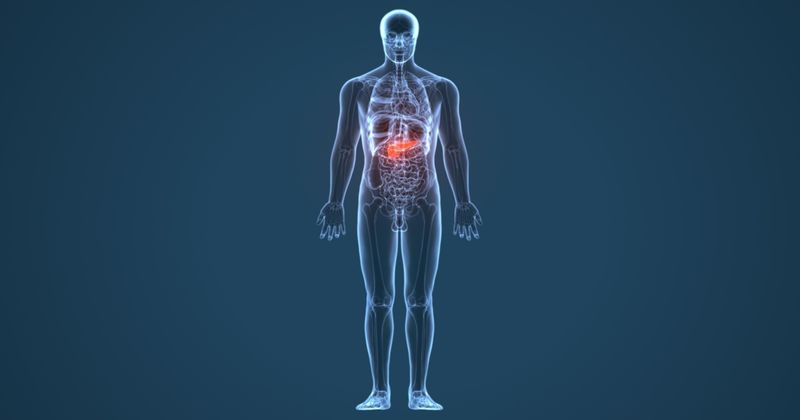Zegocractin ‘holds promise’ for reducing organ failure, necrosis in acute pancreatitis
Key takeaways:
- Higher doses of zegocractin led to “significant reduction” in organ failure and necrotizing pancreatitis for patients with acute pancreatitis.
- The drug also reduced time to solid food tolerance.
PHILADELPHIA —Higher doses of zegocractin significantly reduced severe organ failure and necrotizing pancreatitis in patients with acute pancreatitis and systemic inflammatory response syndrome, according to late-breaking data.
“[Acute pancreatitis] is a major cause of acute hospital admission, which accounts for at least 300,000 patients every year in the U.S., over 1 million patient bed days and over $3 billion in costs – and globally, that’s magnified,” Robert Sutton, BA (Hons), MBBS, DPhil, FRCS, professor of surgery at the Institute of Systems, Molecular and Integrative Biology at the University of Liverpool, said at the ACG Annual Scientific Meeting. “Pancreatic necrosis is a particularly important complication, as well as organ failure which increases the risk of death significantly. There is no licensed pharmacotherapy for this condition.”

He added: “Auxora is a lipid nanoemulsion of the drug zegocractin, which inhibits calcium-release activated calcium, or CRAC, channels to protect the pancreas, its cells [and] the immune system [from] systemic inflammatory response syndrome [SIRS] and organ failure and has the potential to be an effective treatment.”
In the phase 2 double-blind, placebo-controlled CARPO trial, Sutton and colleagues evaluated dose response and efficacy of zegocractin (Auxora, CalciMedica) in patients with acute pancreatitis and SIRS. Patients (n=216) were randomly assigned 1:1:1:1 to receive IV zegocractin 2 mg/kg, 1 mg/kg, 0.5 mg/kg or placebo three times daily, and evaluated daily until day 30 or they were discharged from the hospital, at which point, they would return to be reassessed by CT or MRI.
The primary endpoint was time to food tolerance while secondary endpoints included length of hospital stay, pancreatic necrosis, severe organ failure, respiratory failure and time to medically indicated discharge from hospital. The researchers noted, of the 216 patients, 214 (median age, 43 years; 70% from U.S.; 30% from India) received one dose of zegocractin.
“The results show a generally equal assessment of the main risk factors – age, gender, hematocrit, respiratory failure and pancreatic necrosis – as determined by a central expert panel subsequent to recruitment between the four groups,” Sutton said.
According to Sutton, zegocractin reduced the time to solid food tolerance, in particular, the 1 mg/kg and 2 mg/kg doses, with a median time of 64 hours and 67 hours, respectively compared with 78 hours for the 0.5 mg/kg dose and up to 114 hours for placebo.
Compared with the low dose, the higher doses of zegocractin led to a “significant reduction” in severe respiratory, renal and cardiovascular organ failures, Sutton told attendees, which is an “extremely important accomplishment for a drug in acute pancreatitis.”
Sutton noted that no new-onset severe respiratory failures were reported among patients given the 1 mg/kg and 2 mg/kg doses, while eight cases were reported among patients who received the low dose or placebo.
“This is a highly significant finding,” Sutton told attendees. “Acute lung injury is the most important and commonest complication outside the pancreas in acute pancreatitis.”
In addition, “consistent” results were observed in secondary outcomes, he said, including a 29.7% reduction in new-onset necrotizing pancreatitis with zegocractin 2 mg/kg, and less time to medically indicated discharge (median time: 89 hours) vs. placebo (median time: 104 hours). Further, after 21 days, none of patients who had been given 2 mg/kg remained at the hospital, Sutton noted.
According to Sutton, although there were adverse events noted in the higher zegocractin dose groups, they “did not suggest any safety signals” and were mostly related to acute pancreatitis.
“We have an extremely important result in a new drug that targets a new mechanism although [after] the result of many years of work and seeing patients on a daily basis suffering and sometimes dying,” Sutton, told attendees. “At last, we have a treatment that holds promise and works in acute pancreatitis.”


